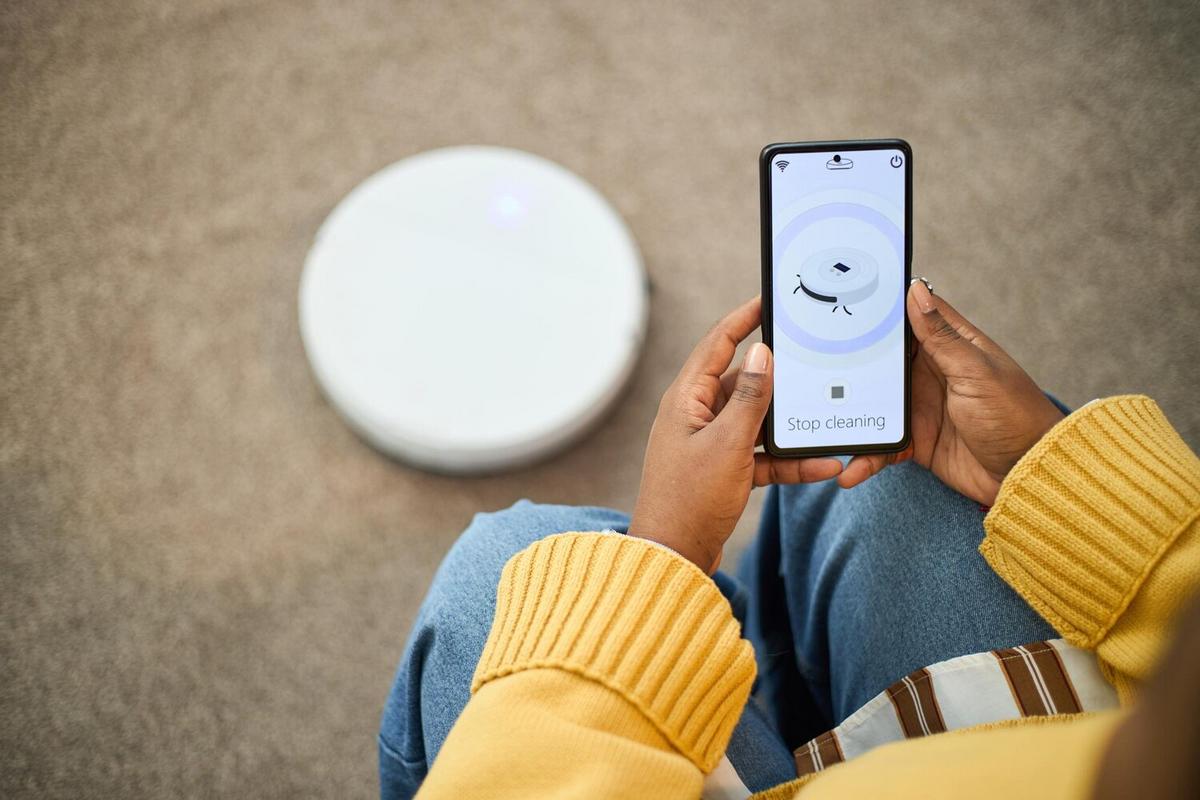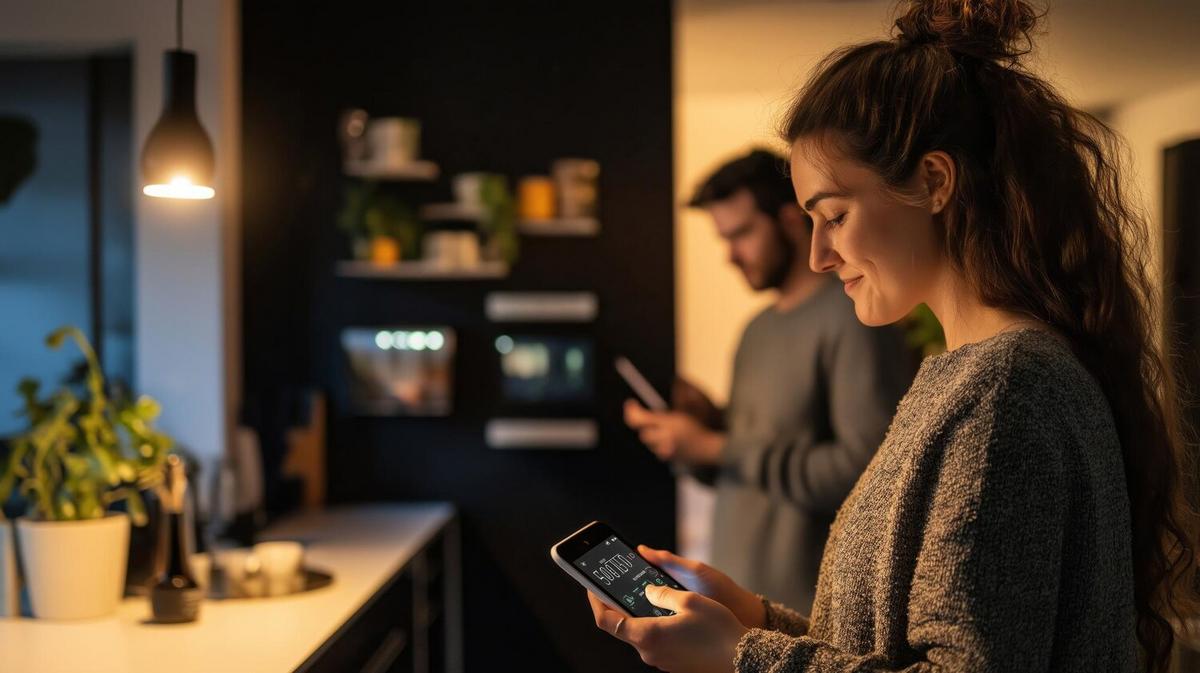
Balancing Privacy and Convenience in a Smart Home
The allure of smart homes lies in their ability to seamlessly integrate into daily life, offering unprecedented convenience. However, as our homes become more connected, striking a balance between privacy and ease of use becomes crucial.
Understanding the Balance
The modern smart home is a marvel of technology, featuring interconnected devices that enhance convenience and efficiency. Yet, with these advancements come valid concerns about privacy. According to a study by the Pew Research Center, 81% of Americans feel they have little control over the data collected by companies about them. This statistic underscores the importance of protecting privacy in an increasingly connected world.
Expert Insights
Maria Lopez, a cybersecurity expert, emphasizes the need for vigilance: “As smart home devices become more integrated into our lives, ensuring their security is paramount. Users must be proactive in safeguarding their data.” Her advice echoes the sentiments of many experts who advocate for a balanced approach to smart home technology.
Real-Life Examples
Consider the experience of Mark, a homeowner who embraced smart technology to simplify his life. While he enjoyed the convenience of controlling his home’s lighting and temperature remotely, he was initially unaware of the potential privacy risks involved. After a neighbor mentioned a recent online article about smart home vulnerabilities, Mark took action to secure his network and devices, illustrating the importance of awareness and proactive measures.
Actionable Tips for Balancing Privacy and Convenience
- Regularly update device firmware to patch security vulnerabilities.
- Use strong, unique passwords for each device and change them periodically.
- Enable two-factor authentication where possible.
- Be selective about the devices and data-sharing permissions you allow.
Consider investing in a network security system specifically designed for smart homes. This can add an extra layer of protection and peace of mind.
Comparison of Privacy Features in Popular Smart Devices
| Device Type | Privacy Feature | Convenience Feature |
|---|---|---|
| Smart Speakers | Voice data encryption | Voice-activated assistants |
| Smart Thermostats | Data anonymization | Remote temperature control |
| Smart Cameras | End-to-end encryption | Real-time video streaming |
| Smart Locks | Biometric security | Remote access control |
| Smart Lights | Secure pairing protocols | Automated schedules |
| Smart Plugs | Secure communication channels | Energy monitoring |
| Smart Appliances | User data privacy settings | Remote diagnostics |
| Smart TVs | Data collection opt-out | Streaming integration |
Frequently Asked Questions
How can I ensure my smart home devices are secure?
Regularly update your devices, use strong passwords, and enable two-factor authentication.
Is it safe to use smart home devices?
Yes, as long as you take appropriate security measures and stay informed about potential risks.
What are the most common privacy concerns with smart homes?
Data breaches and unauthorized access to personal information are common concerns.
Conclusion
Balancing privacy and convenience in a smart home is a dynamic challenge that requires ongoing attention. By staying informed, implementing security measures, and making thoughtful choices about the technology you use, you can enjoy the benefits of a smart home while protecting your personal information. Embrace the convenience, but never at the expense of your privacy.


